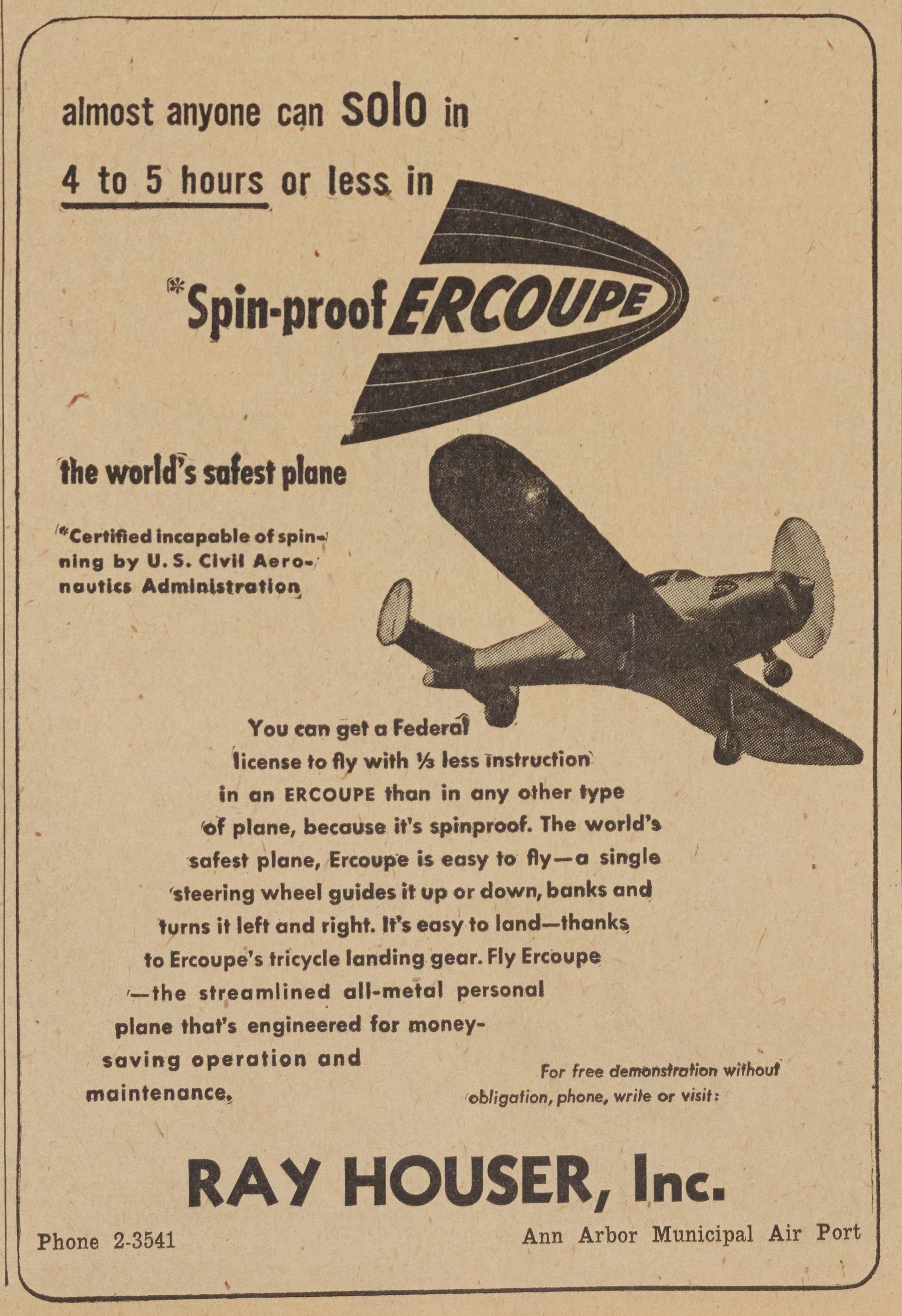Wreckage Of Plane Crash Near Whitmore Lake, June 1971 Photographer: Cecil Lockard

Year:
1971
Published In:
Ann Arbor News, June 13, 1971
Caption:
Wreckage Of Plane Crash In Which 3 Persons Died
Ann Arbor News, June 13, 1971
Caption:
Wreckage Of Plane Crash In Which 3 Persons Died
Copyright
Copyright Protected
- Read more about Wreckage Of Plane Crash Near Whitmore Lake, June 1971
- Log in or register to post comments
Wreckage Of Plane Crash Near Whitmore Lake, June 1971 Photographer: Cecil Lockard

Year:
1971
Copyright
Copyright Protected
- Read more about Wreckage Of Plane Crash Near Whitmore Lake, June 1971
- Log in or register to post comments
3 Die In Whitmore Air Crash

Parent Issue
Day
13
Month
June
Year
1971
Copyright
Copyright Protected
- Read more about 3 Die In Whitmore Air Crash
- Log in or register to post comments
Survivor Tells Of Terror Before Fatal Plane Crash

Parent Issue
Day
14
Month
June
Year
1971
Copyright
Copyright Protected
- Read more about Survivor Tells Of Terror Before Fatal Plane Crash
- Log in or register to post comments
90-Year-Old Ida Haygooni Waits For Her First Flight With Leroy Rice, April 1946 Photographer: Eck Stanger

Year:
1946
Copyright
Copyright Protected
Ida Haygooni Exits The Plane After Her First Flight At Age 90, April 1946 Photographer: Eck Stanger

Year:
1946
Copyright
Copyright Protected
Ninety-Year-Old Woman May Get First Plane Ride

Parent Issue
Day
13
Month
April
Year
1946
Copyright
Copyright Protected
- Read more about Ninety-Year-Old Woman May Get First Plane Ride
- Log in or register to post comments
Flies At Ninety

Parent Issue
Day
15
Month
April
Year
1946
Copyright
Copyright Protected
- Read more about Flies At Ninety
- Log in or register to post comments

